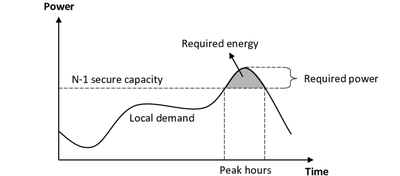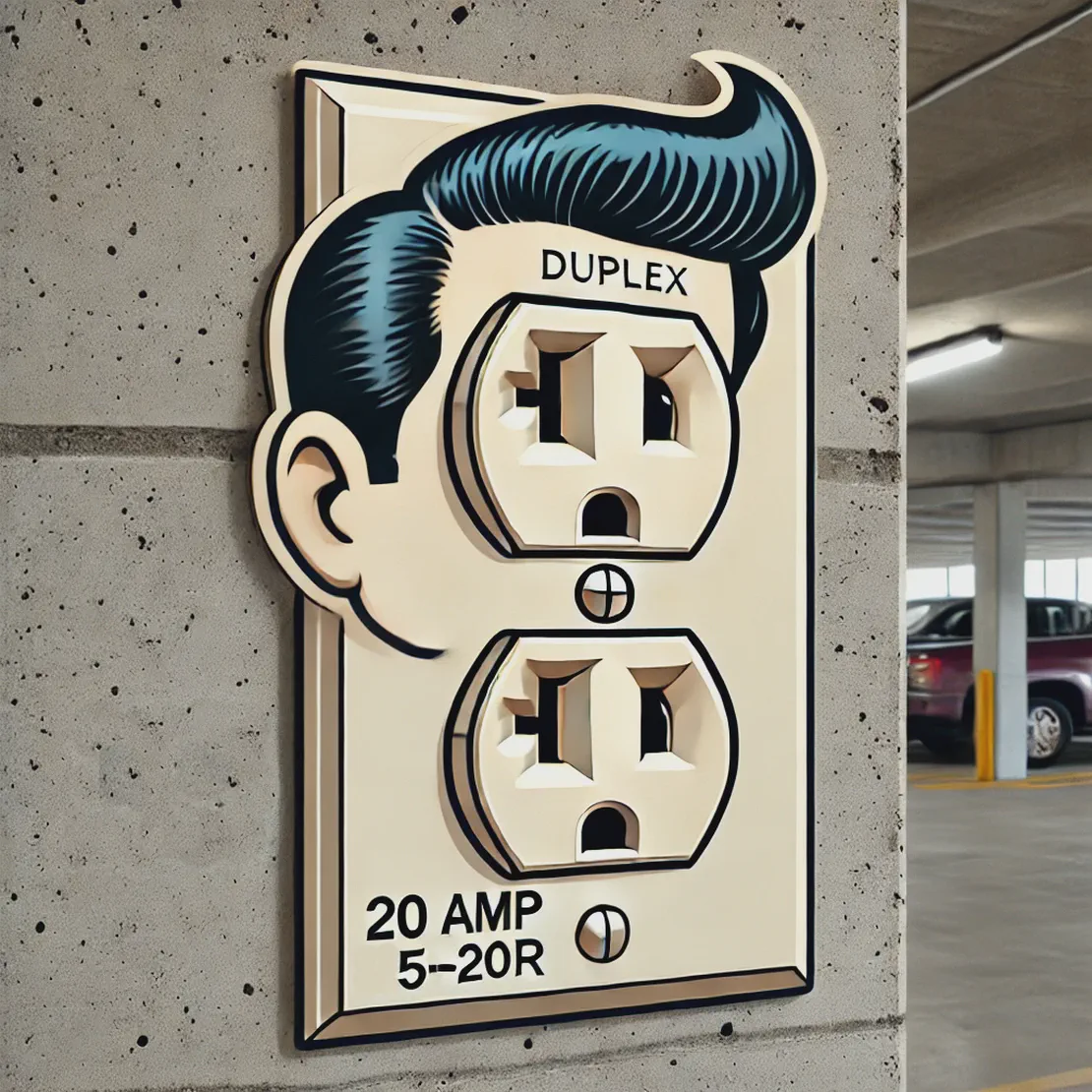
Electrical Peak Shaving - Reducing CO2 Emissions with EVnSteven
- Articles, Sustainability
- EV Charging , CO2 Reduction , Off-Peak Charging , Sustainability
- August 8, 2024
- 2 min read
Electrical peak shaving is a technique used to reduce the maximum power demand (or peak demand) on an electrical grid. This is accomplished by managing and controlling the load on the grid during periods of high demand, typically through various strategies such as:
Load Shifting
Moving energy consumption to off-peak times when demand is lower. For example, industrial processes or large-scale energy users might schedule their operations to run at night or during other periods of lower demand.
Distributed Generation
Using local energy sources, such as solar panels or wind turbines, to produce electricity during peak times, thereby reducing the amount of power drawn from the grid.
Energy Storage Systems
Utilizing batteries or other energy storage methods to store electricity during off-peak times and then discharge it during peak periods. This helps to flatten the demand curve and reduce the peak load on the grid.
Demand Response
Incentivizing consumers to reduce their energy use during peak times. This can involve pricing mechanisms like time-of-use rates, where electricity is more expensive during peak periods, encouraging users to shift their usage to cheaper, off-peak times.
Energy Efficiency Measures
Implementing energy-efficient technologies and practices to permanently reduce the overall energy demand, thereby lowering the peaks.
Benefits of Peak Shaving
Cost Savings
Reducing peak demand can lower energy costs for consumers and utility companies, as it minimizes the need for expensive peaking power plants that are only used during periods of high demand.
Grid Stability
Peak shaving helps maintain the stability and reliability of the electrical grid by reducing the risk of overloading and potential blackouts.
Reduced Infrastructure Costs
By lowering peak demand, utilities can defer or avoid the need for costly upgrades to transmission and distribution infrastructure.
Environmental Benefits
Reducing the need for peaking power plants, which are often less efficient and more polluting than base-load plants, can result in lower greenhouse gas emissions and other environmental impacts.
Example in EV Charging
For electric vehicle (EV) charging, peak shaving can involve charging EVs during off-peak hours or using vehicle-to-grid (V2G) technology where EVs can discharge stored energy back to the grid during peak times. This helps to manage the additional load that EV charging places on the grid and can optimize the use of renewable energy sources.
Reducing CO2 Emissions with EVnSteven
The EVnSteven app promotes off-peak overnight charging at inexpensive Level 1 (L1) outlets in apartments and condos. By encouraging users to charge their EVs during off-peak times, EVnSteven helps to reduce peak demand, leading to significant CO2 emissions reductions. This strategy not only supports grid stability and reduces costs but also contributes to a more sustainable and environmentally friendly future.

